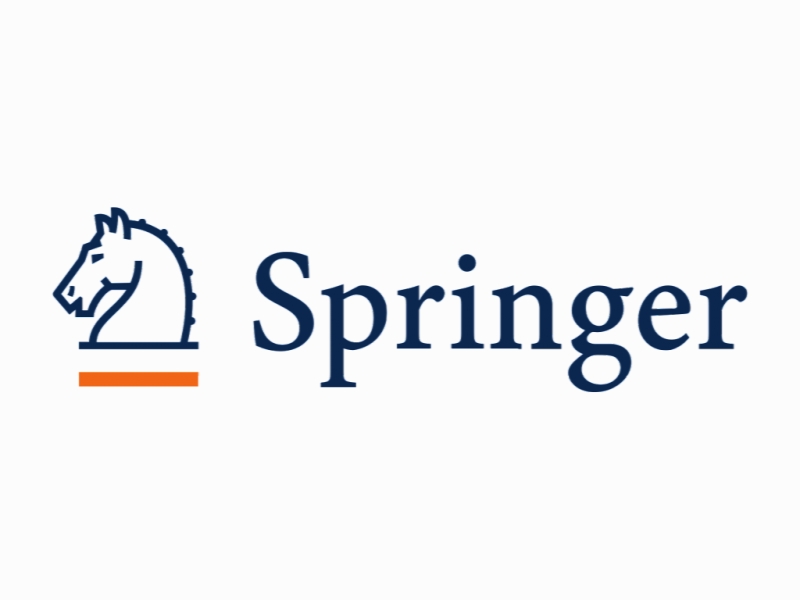سیستم های عملکرد کاری بالا و عملکرد شرکت: تاثیر جهت گیری کارآفرینانه و یادگیری سازمانی High performance work systems and corporate performance: the influence of entrepreneurial orientation and organizational learning
- نوع فایل : کتاب
- زبان : انگلیسی
- ناشر : Springer
- چاپ و سال / کشور: 2018
توضیحات
رشته های مرتبط مدیریت، روانشناسی
گرایش های مرتبط مدیریت کسب و کار، روانشناسی صنعتی و سازمانی
مجله مرزهای تحقیق تجاری در چین – Frontiers of Business Research in China
دانشگاه Renmin University of China – Beijing – China
منتشر شده در نشریه اسپرینگر
کلمات کلیدی انگلیسی High performance work systems, Entrepreneurial orientation, Organizational learning, Corporate performance
گرایش های مرتبط مدیریت کسب و کار، روانشناسی صنعتی و سازمانی
مجله مرزهای تحقیق تجاری در چین – Frontiers of Business Research in China
دانشگاه Renmin University of China – Beijing – China
منتشر شده در نشریه اسپرینگر
کلمات کلیدی انگلیسی High performance work systems, Entrepreneurial orientation, Organizational learning, Corporate performance
Description
Introduction Considering employees as a key source of competitive advantage, strategic human resource management is gaining increasing importance in knowledge-based economies and rapidly changing environments (Prieto and Santana 2012; Sun et al. 2007). As valuable, rare and inimitable assets for organizations because of their firm-specific, socially complex and path-dependent characteristics, human resource practices help firms obtain sustainable competitive advantages (Collins and Clark 2003). Among the broad concepts of strategic human resources, high performance work systems stand out as reflecting the basic philosophy and practices of strategic human resource management and shape the attitudes, skills and behaviors of staff by discovering and utilizing knowledge, thereby achieving organizational goals (Chen 2009; Collins and Clark 2003). High performance work systems (HPWS) have been extensively discussed despite their brief history. As there is no agreement on the definition of this concept, it can generally be regarded as an organic combination of a series of coordinating and cooperating human resource management practices in order to enhance individual and organizational performance (Snell and Bohlander 2010). By breaking the traditional hierarchical management model, HPWS use flat organizational structures to provide staff with wide-ranging training, safe environments, management and competitive compensation, organizational identification and productivity, which lead to sustainable competitive advantages and long-term individual and organizational development (Pak and Kim 2016). Research on HPWS includes both organizational level and individual level studies. At the organizational level, scholars have verified the causal relationship between HPWS and corporate performance (Becker and Huselid 2006; Shin and Konrad 2017). At the individual level, empirical studies suggest HPWS can improve personal performance such as job satisfaction, service quality, organizational citizenship behavior and information sharing (Cheng and Wang 2011; Sun et al. 2007). However, the extant literature on the intermediate linkage between HPWS and performance has yielded only limited insights into the influence of the use of HPWS on performance at the organizational level (e.g., Lee and Bang 2012). As argued by Laursen and Foss (2003), the understanding of the relationship between HPWS and corporate performance needs to be extended. What is missing from the resource-based view is looking inside the process to explore how and why HPWS enhance corporate performance (Way and Johnson 2005; Wei and Lau 2010). Given the essential role of HPWS in performance, it is especially important to examine specific pathways through which this effect occurs. It is assumed that the implementation of HPWS can improve the level of innovation and organizational commitment, and therefore promote entrepreneurial orientation (Gittell et al. 2009; Herrmann and Felfe 2014). With innovation, risk-taking and proactiveness, companies are more inclined to expand markets, launch new products and make decisions ahead of competitors, thus improving corporate performance (Hunt and Arnett 2006; Messersmith and Wales 2013). Therefore, the extant literature suggests that entrepreneurial orientation can be a bridge between HPWS and corporate performance.


